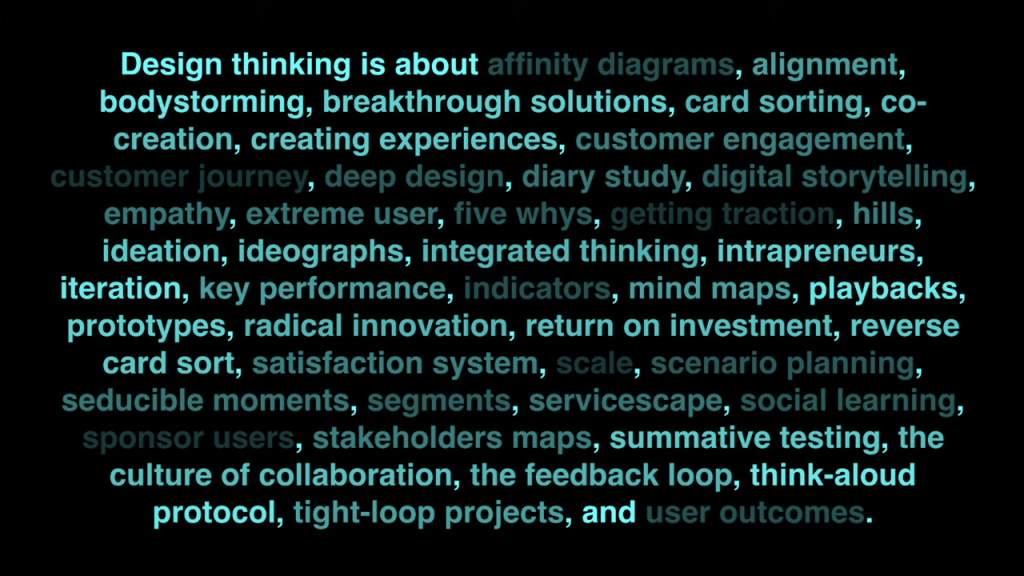In the ever-evolving landscape of digital technology, the seamless integration of User Experience (UX) design and User Interface (UI) design has become paramount for crafting captivating digital experiences. From mobile applications to websites, the collaboration between UX and UI designers is essential in ensuring intuitive navigation, engaging interactions, and overall user satisfaction. Let’s explore the symbiotic relationship between UX design and UI and how they collectively shape the digital realm.
Decoding UX Design and UI:

At the heart of digital design lies the intricate relationship between User Experience UX design and UI User Interface design, each playing a distinct yet interconnected role in shaping the user journey. Understanding the nuances of both disciplines is essential for creating cohesive and impactful digital experiences.
UX design serves as the cornerstone of the design process, focusing on the holistic understanding of user behaviors, needs, and pain points. It delves deep into user research, employing methods such as surveys, interviews, and usability testing to gain insights into user preferences and expectations. Through this rigorous process, UX designers identify opportunities for improvement and refinement, aiming to create a seamless and enjoyable experience for users. Wireframing and prototyping are essential tools in the UX designer’s toolkit, allowing them to visualize and iterate on design concepts before implementation. By prioritizing usability and accessibility, UX design aims to address user needs at every touchpoint, ultimately enhancing the overall user experience.
On the other hand, UI design is concerned with the visual aspects of the interface, translating UX concepts into visually appealing and engaging interfaces. UI designers focus on elements such as layout, typography, color schemes, and interactive elements, aiming to create interfaces that not only look aesthetically pleasing but also function intuitively. Through careful consideration of visual hierarchy and design principles, UI designers create interfaces that guide users seamlessly through the digital experience. Interactive elements such as buttons, menus, and animations add depth and interactivity, further enhancing user engagement.
The synergy between UX design and UI design is evident in their collaborative efforts to create cohesive and impactful digital experiences. While UX design lays the groundwork by understanding user needs and behaviors, UI design brings these concepts to life through visually compelling interfaces. Together, they form a symbiotic relationship that is essential for creating digital products that resonate with users and drive business success.
In summary, decoding UX design and UI design reveals the intricate balance between understanding user needs and translating them into visually compelling interfaces. By embracing the strengths of both disciplines and fostering collaboration, designers can create digital experiences that captivate users and leave a lasting impression.
The Interplay Between UX Design and UI:
The relationship between UX design and UI design can be likened to a meticulously choreographed dance, where every step is purposeful and complementary, resulting in a harmonious whole. At its core, UX design provides the foundational framework upon which UI designers build visually captivating interfaces that resonate with users.
A solid UX design serves as the guiding blueprint for UI designers, offering invaluable insights into user behaviors, preferences, and pain points. Through thorough research and analysis, UX designers uncover key user personas and map out their journeys within the digital landscape. By understanding the intricacies of these user experiences, UX designers lay the groundwork for intuitive navigation and seamless interactions, ensuring that users can effortlessly navigate through the digital interface.
With the foundation set by UX design, UI designers step in to bring these concepts to life through visually stunning interfaces that captivate users from the moment they engage with the product. Armed with a deep understanding of user personas and journeys, UI designers infuse creativity and aesthetic appeal into the design, crafting interfaces that not only look visually appealing but also enhance usability and draw users in. Every visual element, from layout and typography to color schemes and interactive elements, is carefully curated to evoke emotion and facilitate engagement.
Ultimately, the collaboration between UX and UI designers is a symbiotic relationship that blends form and function to deliver exceptional digital experiences. It’s a collaborative effort where UX designers provide the strategic direction and user insights, while UI designers translate these concepts into tangible visual designs that resonate with users on an emotional level. Together, they work in harmony to create digital products that not only meet but exceed user expectations, resulting in memorable and impactful experiences that leave a lasting impression.

Unlocking Potential Through Collaboration:
Effective collaboration between UX and UI designers is fundamental to unlocking the full potential of digital design. By fostering a culture of open communication and breaking down traditional silos, multidisciplinary teams can harness the unique strengths of both disciplines to create transformative designs that resonate with users.
Early involvement of both UX and UI designers in the design process allows for a holistic approach, where user needs and business objectives are considered from the outset. This collaborative approach ensures that design decisions are informed by a deep understanding of user behaviors and preferences, as well as business goals and constraints.
Brainstorming sessions, design critiques, and iterative prototyping are integral components of the collaborative process. Through these activities, teams can explore a range of ideas, gather feedback from stakeholders and end-users, and refine their designs based on real-world insights. This iterative approach not only fosters innovation but also ensures that the final product meets the needs and expectations of users.
Moreover, effective collaboration thrives on a shared commitment to excellence and a willingness to challenge the status quo. By encouraging diverse perspectives and embracing experimentation, teams can push the boundaries of design and create truly exceptional user experiences.
In summary, effective collaboration between UX and UI designers is essential for creating digital products that not only meet but exceed user expectations. By fostering open communication, embracing a holistic approach to design, and leveraging the strengths of both disciplines, teams can create transformative designs that drive business success and delight users. It’s a dynamic and iterative process that thrives on creativity, innovation, and a shared commitment to excellence.
Crafting Memorable Digital Experiences:
At its core, both UX design and UI design are driven by the overarching goal of creating digital experiences that deeply resonate with users on an emotional level. These experiences extend far beyond mere functionality, aiming to evoke feelings of delight, engagement, and connection with the digital product.
Whether it’s the seamless flow of interactions within a mobile app or the immersive storytelling woven throughout a website, every interaction presents an opportunity to leave a lasting impression on users. UX and UI designers collaborate to ensure that every aspect of the digital experience is meticulously crafted to delight and engage users, from the initial landing page to the final checkout process.
Central to crafting memorable digital experiences is the prioritization of user-centric design principles. Designers meticulously consider user needs, preferences, and pain points at every stage of the design process, ensuring that the final product meets and exceeds user expectations. Attention to detail is paramount, with designers carefully refining every element of the interface to create a cohesive and intuitive user experience.
Whether it’s through a visually stunning interface that captivates the senses or an intuitive navigation system that guides users seamlessly through the digital landscape, the ultimate goal remains the same: to create a digital experience that users will love and remember. By prioritizing user satisfaction and paying attention to the smallest details, designers can create experiences that forge lasting connections with users, fostering loyalty and driving long-term engagement with the digital product.

The Evolution of UX Design and UI:
In the ever-evolving landscape of technology, UX design and UI are constantly undergoing transformation to meet the changing needs and expectations of users. As new technologies emerge, such as voice interfaces, augmented reality (AR), and conversational UIs, UX and UI designers must adapt their approaches to create innovative and engaging experiences.
Voice interfaces, for example, offer a hands-free and intuitive way for users to interact with digital products, presenting new opportunities and challenges for designers. Augmented reality (AR) technologies introduce immersive experiences that blend the digital and physical worlds, requiring designers to rethink traditional interfaces and interactions. Conversational UIs, powered by artificial intelligence (AI), enable natural language interactions, necessitating a shift towards more conversational and context-aware designs.
To remain relevant in this rapidly evolving landscape, UX and UI designers must stay ahead of the curve, continually learning and experimenting with new technologies and design paradigms. By embracing emerging trends and pushing the boundaries of design, designers can create experiences that not only meet but exceed user expectations.
Furthermore, there is a growing emphasis on accessibility and inclusivity in UX design and UI. Designing for all users, regardless of their abilities or backgrounds, is not only a moral imperative but also a legal requirement in many jurisdictions. Designers must ensure that digital products are accessible to users with disabilities, incorporating features such as screen readers, alternative text for images, and keyboard navigation.
By embracing these trends and principles, designers can create experiences that are not only cutting-edge but also inclusive and accessible to all. Through thoughtful design and a commitment to diversity and inclusion, designers can ensure that digital products are usable and enjoyable for everyone, regardless of their individual abilities or circumstances. This focus on accessibility and inclusivity not only enhances the user experience but also reflects positively on the brand, fostering trust and loyalty among all users.
Wrapping up “UX Design and UI”
In summary, the collaboration between UX and UI designers is essential for crafting captivating digital experiences. By decoding the intricacies of user needs and translating them into visually compelling interfaces, designers create seamless journeys that resonate with users. As technology evolves, designers must adapt, embracing emerging trends and prioritizing inclusivity to ensure that digital experiences remain both innovative and accessible.
Until next time explore webkeyz’s case studies
and Keep Thinking!








